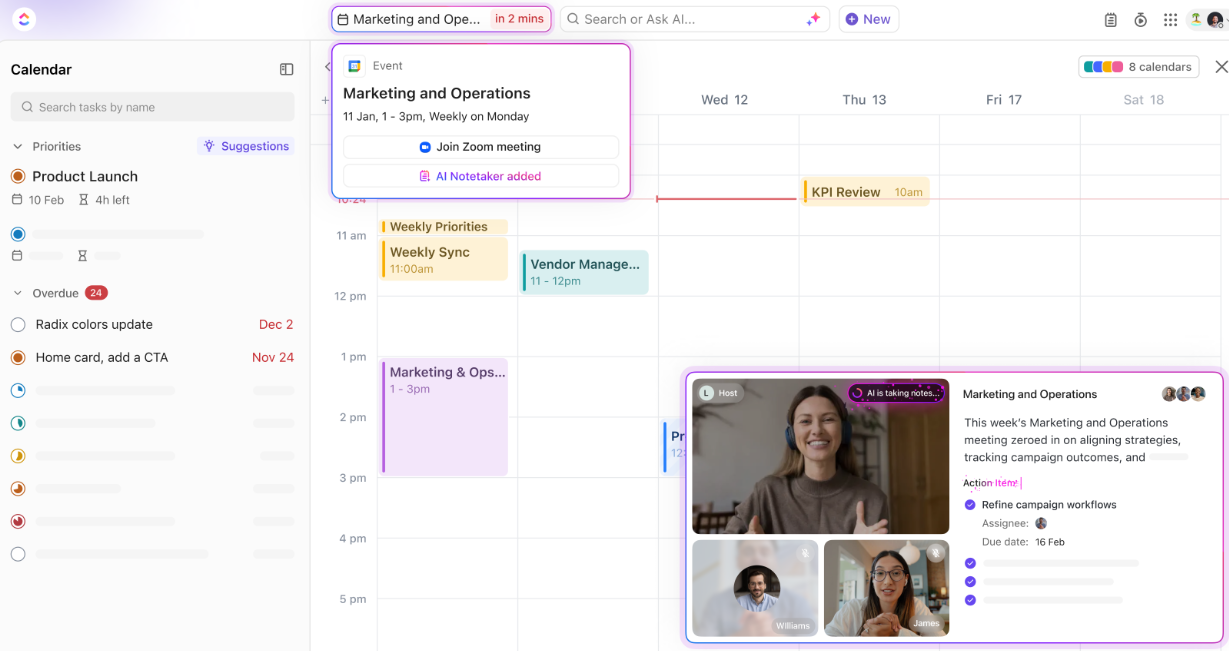Ransomware doesn’t hit all at once—it slowly floods your defenses in stages. Like a ship subsumed with water, the attack starts quietly, below the surface, with subtle warning signs that are easy to miss. By the time encryption starts, it’s too late to stop the flood.
Each stage of a ransomware attack offers a small window to detect and stop the threat before it’s too late. The problem is most organizations aren’t monitoring for early warning signs – allowing attackers to quietly disable backups, escalate privileges, and evade detection until encryption locks everything down.
By the time the ransomware note appears, your opportunities are gone.
Let’s unpack the stages of a ransomware attack, how to stay resilient amidst constantly morphing indicators of compromise (IOCs), and why constant validation of your defense is a must to stay resilient.
The Three Stages of a Ransomware Attack – and How to Detect It
Ransomware attacks don’t happen instantly. Attackers follow a structured approach, carefully planning and executing their campaigns across three distinct stages:
1. Pre-Encryption: Laying the Groundwork
Before encryption begins, attackers take steps to maximize damage and evade detection. They:
- Delete shadow copies and backups to prevent recovery.
- Inject malware into trusted processes to establish persistence.
- Create mutexes to ensure the ransomware runs uninterrupted.
These early-stage activities – known as Indicators of Compromise (IOCs) – are critical warning signs. If detected in time, security teams can disrupt the attack before encryption occurs.
2. Encryption: Locking You Out
Once attackers have control, they initiate the encryption process. Some ransomware variants work rapidly, locking systems within minutes, while others take a stealthier approach – remaining undetected until the encryption is complete.
By the time encryption is discovered, it’s often too late. Security tools must be able to detect and respond to ransomware activity before files are locked.
3. Post-Encryption: The Ransom Demand
With files encrypted, attackers deliver their ultimatum – often through ransom notes left on desktops or embedded within encrypted folders. They demand payment, usually in cryptocurrency, and monitor victim responses via command-and-control (C2) channels.
At this stage, organizations face a difficult decision: pay the ransom or attempt recovery, often at great cost.
If you’re not proactively monitoring for IOCs across all three stages, you’re leaving your organization vulnerable. By emulating a ransomware attack path, continuous ransomware validation helps security teams confirm that their detection and response systems are effectively detecting indicators before encryption can take hold.
Indicators of Compromise (IOCs): What to Look Out For
If you detect shadow copy deletions, process injections, or security service terminations, you may already be in the pre-encryption phase – but detecting these IOCs is a critical step to prevent the attack from unfolding.
Here are key IOCs to watch for:
1. Shadow Copy Deletion: Eliminating Recovery Options
Attackers erase Windows Volume Shadow Copies to prevent file restoration. These snapshots store previous file versions and enable recovery through tools like System Restore and Previous Versions.
💡 How it works: Ransomware executes commands like:
powershell
vssadmin.exe delete shadows
By wiping these backups, attackers ensure total data lockdown, increasing pressure on victims to pay the ransom.
2. Mutex Creation: Preventing Multiple Infections
A mutex (mutual exclusion object) is a synchronization mechanism that enables only one process or thread to access a shared resource at a time. In ransomware they can be used to:
✔ Prevent multiple instances of the malware from running.
✔ Evade detection by reducing redundant infections and reducing resource usage.
💡 Defensive trick: Some security tools preemptively create mutexes associated with known ransomware strains, tricking the malware into thinking it’s already active – causing it to self-terminate. Your ransomware validation tool can be used to assess if this response is triggered, by incorporating a mutex within the ransomware attack chain.
3. Process Injection: Hiding Inside Trusted Applications
Ransomware often injects malicious code into legitimate system processes to avoid detection and bypass security controls.
🚩 Common injection techniques:
- DLL Injection – Loads malicious code into a running process.
- Reflective DLL Loading – Injects a DLL without writing to disk, bypassing antivirus scans.
- APC Injection – Uses Asynchronous Procedure Calls to execute malicious payloads within a trusted process.
By running inside a trusted application, ransomware can operate undetected, encrypting files without triggering alarms.
4. Service Termination: Disabling Security Defenses
To ensure uninterrupted encryption and prevent data recovery attempts during the attack, ransomware attempts to shut down security services such as:
✔ Antivirus & EDR (Endpoint Detection and Response)
✔ Backup agents
✔ Database systems
💡 How it works: Attackers use administrative commands or APIs to disable services like Windows Defender and backup solutions. For example:
powershell
taskkill /F /IM MsMpEng.exe # Terminates Windows Defender
This allows ransomware to encrypt files freely while amplifying the damage by making it harder to recover their data. Leaving victims with fewer options besides paying the ransom.
IOCs like shadow copy deletion or process injection can be invisible to traditional security tools – but a SOC equipped with reliable detection can spot these red flags before encryption begins.
How Continuous Ransomware Validation Keeps You One Step Ahead
With the nature of IOCs being subtle and intentionally difficult to detect, how do you know that your XDR is effectively knipping them all in the bud? You hope that it is, but security leaders are using continuous ransomware validation to get a lot more certainty than that. By safely emulating the full ransomware kill chain – from initial access and privilege escalation to encryption attempts – tools like Pentera validate whether security controls, including EDR and XDR solutions, trigger the necessary alerts and responses. If key IOCs like shadow copy deletion, and process injection go undetected, then that’s a crucial flag to prompt security teams to fine-tune detection rules and response workflows.
Instead of hoping your defenses will work as they should, continuous ransomware validation enables you to see if and how these attack indicators were used and stop the attacks before they eventuate.
Why Annual Testing Isn’t Enough
Here’s the reality: testing your defenses once a year leaves you exposed the other 364 days. Ransomware is constantly evolving, and so are the Indicators of Compromise (IOCs) used in attacks. Can you say with certainty that your EDR is detecting every IOC it should? The last thing you need to stress about is how threats are constantly changing into something your security tools will fail to recognize and aren’t prepared to handle.
That’s why continuous ransomware validation is essential. With an automated process, you can continuously test your defenses to ensure they stand up against the latest threats.
Some believe that continuous ransomware validation is too costly or time-consuming. But automated security testing can integrate seamlessly into your security workflow – without adding unnecessary overhead. This not only reduces the burden on IT teams but also ensures that your defenses are always aligned with the latest attack techniques.
A Strong Ransomware Defense
A well-equipped detection and response system is your first line of defense. But without regular validation, even the best XDR can struggle to detect and respond to ransomware in time. Ongoing security validation strengthens detection capabilities, helps to upskill the SOC team, and ensures that security controls are effectively responding to and blocking threats. The result? A more confident, resilient security team that’s prepared to handle ransomware before it becomes a crisis.
🚨 Don’t wait for an attack to test your defenses. To learn more about ransomware validation attend Pentera’s webinar ‘Lessons From the Past, Actions for the Future: Building Ransomware Resilience’. 🚨











